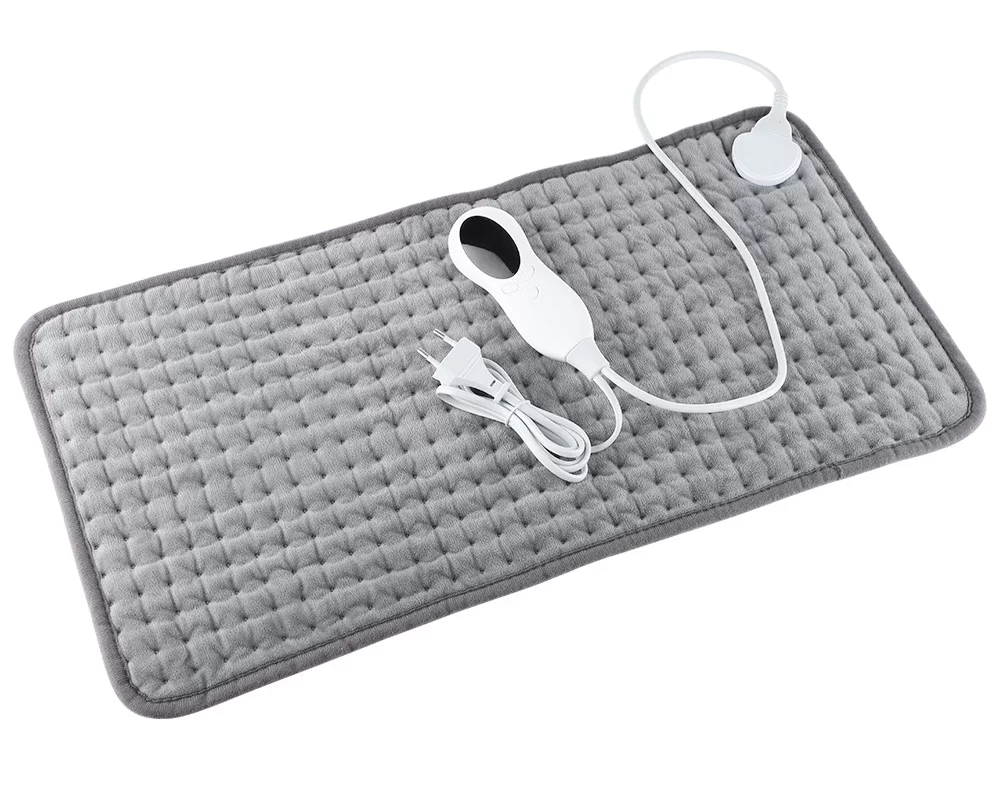Introduction
USB heaters have gained popularity as portable and convenient devices for providing localized heat in various settings. However, as with any heating device, safety is a crucial consideration. In this guide, we will provide a comprehensive analysis of the safety of USB heaters, exploring factors such as electrical safety, heat regulation, fire risks, and usage guidelines to help you make informed decisions about their usage.
Are USB heaters safe?
Electrical Safety
1.1. Safety Certifications
When purchasing a USB heater, it is important to choose models that have relevant safety certifications. Look for certifications such as UL (Underwriters Laboratories), CE (Conformité Européene), or RoHS (Restriction of Hazardous Substances) to ensure that the product has undergone safety testing and meets the necessary electrical standards.
1.2. Quality of Materials and Construction
USB heaters made from high-quality materials and constructed with proper insulation can enhance electrical safety. Be sure to check for signs of quality construction, such as well-insulated wires, sturdy connectors, and durable housing materials, to minimize the risk of electrical hazards.
1.3. USB Power Source Compatibility
USB heaters are designed to be used with standard USB ports, which typically provide low voltage and limited power output. Ensuring compatibility between the USB heater and the power source is important to prevent overheating or damage to the device, as well as to minimize the risk of electrical hazards.
Heat Regulation and Overheating Prevention
2.1. Built-in Temperature Controls
Some USB heaters come with built-in temperature controls that regulate the heat output. Choosing a USB heater with temperature controls adds an extra layer of safety.
2.2. Thermal Fuses and Safety Shutdown Features
Some USB heaters are equipped with thermal fuses or safety shutdown features. They act as a safeguard against overheating and help prevent potential fire hazards.
2.3. Proper Ventilation and Airflow
USB heaters should be used in well-ventilated spaces to allow proper airflow and prevent overheating. Avoid covering or blocking the heater’s vents, as this can restrict airflow and lead to excessive heat buildup. Ensure that the USB heater has enough space around it to allow for proper ventilation.
Fire Risks and Precautions
3.1. Flammable Materials
USB heaters should never be placed near flammable materials such as curtains, clothing, paper, or other combustible substances. Keep a safe distance between the heater and any potentially hazardous materials to minimize the risk of fire.
3.2. Unattended Usage
USB heaters should not be left unattended while in use. It is important to monitor the heater to ensure it is functioning properly and to prevent any potential accidents or fire hazards. Always unplug the heater when not in use or when leaving the area.
3.3. Surface Protection
USB heaters should be placed on stable, heat-resistant surfaces to prevent damage or the risk of fire. Avoid placing the heater on surfaces that may melt or catch fire due to heat exposure. Using a heat-resistant mat or coaster can provide an additional layer of protection.
Usage Guidelines and Precautions
4.1. Follow Manufacturer’s Instructions
Always read and follow the manufacturer’s instructions and guidelines provided with the USB heater. These instructions will provide specific information on safe usage, recommended operating durations, and any specific precautions related to the device.
4.2. Do Not Use as Primary Heating Source
Using a USB heater for prolonged periods or attempting to heat an entire room can overload the device and pose safety risks.
4.3. Avoid Overloading USB Ports
When using USB heaters, avoid overloading USB ports or using multiple high-powered devices simultaneously. Overloading USB ports can lead to overheating, damaging the heater or the power source and increasing the risk of electrical hazards.
4.4. Regular Maintenance and Inspection
Regularly inspect and clean the USB heater to ensure it is free of dust or debris that may obstruct airflow or affect its performance.
Conclusion
USB heaters can provide convenient and portable heat in various settings, but it is essential to prioritize safety when using these devices. Electrical safety, heat regulation, fire risks, and responsible usage are crucial factors to consider. Follow manufacturer’s instructions, avoid overloading USB ports, and never leave the heater unattended. By adhering to these guidelines and precautions, you can safely enjoy the benefits of a USB heater while minimizing the risk of accidents or hazards.


